
Few activities are as approachable as taking a walk in nature. In ideal conditions, with easy terrain, a hike is little more than going for a stroll. But as confidence builds, or you get a wild hair to go farther, and faster planning and preparation become more important. While you can certainly go for a stroll or hike with casual or active clothing it is crucial to know the limits, and intended use, of your clothes.
Clothing has evolved tremendously in the last century. Since the turn of the millennium evolution has been even faster. We truly do live in the greatest time to be alive as far as clothing is concerned.
The Essentials of Hiking Apparel
Gone are the days of hiking in blue jeans, and heavy twill pants with cotton long johns as a base layer. Classic leather boots sure do look great, but the reduction in weight & better waterproof characteristics and breathability of 21st-century hiking boots means you can cover more trail miles with greater support and comfort.
Modern hiking clothes are purpose-built to reduce weight and to move with you instead of against you. This increase in mobility may not mean you can scale tall buildings in a single leap, but it does reduce fatigue on uneven trails or on a rock wall. It also greatly reduces friction; skin-felt friction is not only uncomfortable, it can be painful and even a health risk when you are in the wilderness. Rashes caused by clothing abrading the skin can easily become raw and even infected.
Materials
The materials used in hiking clothes are typically going to be nylon or polyester blends that are lightweight, breathable, and wicking. Cotton absorbs sweat and holds it close to the skin. This results in overheating during warmer weather and the opposite during cold weather. Neither situation is what we want on the trail. While a good cotton t-shirt feels great, cotton is not your friend on a hike.
Merino wool is a great natural fiber for hiking clothes. Especially as a base layer (more on this topic below) as those soft fibers move moisture away from your skin while remaining lightweight and comfortable. To be clear Merino Wool is not the same as the itchy wool sweater that caused you to break out in hives. Merino wool comes from the Merino breed of sheep prized for their wool that is much finer and softer than other wools. This allows for a tighter weave that does not resemble the bulk of traditional wool garments.
Pants and Shorts for Hiking
When selecting hiking pants and shorts, focus on materials like nylon and spandex that offer both durability and flexibility, crucial for navigating diverse hiking terrains. Features such as adjustable cuffs and comfortable waistbands enhance fit and protect against elements, ensuring your hiking attire is suitable for varying weather conditions. For warmer hikes, opt for lightweight, breathable hiking shorts that prevent overheating and provide ample air circulation. Both hiking pants and shorts should include practical pockets with secure closures to keep essentials like keys and wallets safe during your outdoor adventures. This thoughtful design ensures your hiking clothes support rather than hinder your journey on the trail.
Features of Hiking Pants
In most cases, your bottom layer consists of a base layer and then pants. Hiking pants should be reasonably lightweight, offer a full range of motion, and fit comfortably. Even some of the slimmer cuts offer a great deal of mobility because of the blend of nylons or polyesters along with materials like Spandex that allow the pants to stretch and move with you as opposed to against you.
Pant cuffs should have a large enough opening to go over the top of your boots or shoes. Look for adjustable cuffs if possible. If for no other reason than to make it harder for insects such as ticks to make it to your skin. Adjustable cuffs will also add to temperature regulation in colder conditions.
The waistband should be comfortable, and a belt should be used. Nylon webbing belts do well here. They are lower profile and weigh less than leather. Webbing belts have infinite uses around a campsite or in first aid situations if you have to improvise.
When to Choose Shorts
Similar to the advancements in materials, comfort, and performance for outer shells, base layers, performance fleeces, and pants discussed earlier, shorts have undergone a huge transformation in recent years. While inseam lengths vary (wildly when you compare baggy board shorts to preppy shorts showing off plenty of pasty white thigh) hiking shorts tend to fall into an inseam length of 7-10 inches. There might be a few outliers but those are pretty niche. The length is a personal preference. Wear what you feel comfortable in but keep in mind where the seam hits your leg. On a hike, that area is going to experience a lot of friction. The same might be true toward the upper thigh. Friction-reducing creams can solve some of these problems. Let experience be your guide on this.
Hiking shorts should be lightweight, durable, and functional. Features like a gusseted crotch and 4-way stretch will allow the shorts to move with you and not against you resulting in a more complete range of motion, less chafing, and a willingness to keep trekking down the trail. Just like with hiking pants, your hiking shorts are likely to come with a host of pockets. Use them, but with some thought. You will be a happier camper if as much of your gear is carried in your properly fitted and properly organized backpack as opposed to shoving everything into your pockets. That said, zippered security pockets are ideal for keeping valuables like your wallet safe. There are few scenarios more terrifying than leaving the trail only to discover that your wallet or keys are somewhere back on the trail.
The biggest benefit of wearing hiking shorts comes in the summertime. Hiking in shorts can be much more comfortable. Half of your leg is just hanging out in the breeze. Wider leg openings near the knee allow for better airflow and ventilation. But do keep in mind that hiking in shorts does expose your lower leg to more trail dust and dirt, insects, and things like briars, brambles, thorns, and poison ivy. Plan accordingly and everything will be just fine. Many higher-end hiking pants are so lightweight and do such a good job of wicking moisture away from your skin it becomes more challenging to justify wearing shorts. But, don’t be afraid to hit the trail in a pair of hiking shorts (weather permitting).

Upper Body: Layering System, Vests, and Outer shells/Rain Jackets
For hiking, selecting the right upper body attire is essential to manage varying weather conditions effectively. Start with a moisture-wicking hiking shirt that fits well as a base layer, crucial for comfort and temperature regulation. Add a hiking jacket or rain jacket as an outer layer to shield against wind and rain. Jackets designed with breathable, water-resistant materials like Gore-Tex enhance comfort and protection on the trail. For additional warmth without bulk, consider a vest as a mid-layer; it pairs well with both base and outer layers, offering extra insulation where needed without restricting movement. These layers, whether a lightweight hiking shirt or a robust rain jacket, are vital for maintaining optimal body temperature and ensuring a pleasant hiking experience.
The Layering System or How to Not Dress like a Marshmallow
Hiking clothes should be viewed as a layering system. Each component must fit properly to perform properly. The result is layers that can be added on or taken off as conditions require. Many people are surprised at how comfortable they are with their proper layers on during a hike and that they don't resemble a multicolored marshmallow trundling down the trail.
The layer system starts as the base layer. This is the unsung hero in the layer system. It is the layer closest to your skin. In cool to cold weather, your base layer should be the 21st-century version of the old waffle pattern long johns of years ago. Merino Wool or poly blends are the materials to look for. Your base layer should fit snugly, but not tight or restrictive. Too tight won’t be comfortable and it can also inhibit proper adequate blood flow. A little bit of stretch is a good thing here. Even the natural Merino base layers are likely to have 2% or more stretch. Many base layer pants will land near, or on, the ball of the ankle.
Base layer tops typically come in crew neck (like your t-shirt) or as a quarter zip. The major advantage of a quarter zip base layer is the ability to easily vent body heat. Known as “dumping heat”, lowering the zipper of your base layer prevents early overheating as body heat and moisture is allowed to escape without having to adjust outer layers which could cause too much cold air, or rain/snow, to hit your skin.
On top of the base layer is your mid-layer. Performance fleece pullovers, wool or merino sweaters, or vests are oftentimes your mid-layer. Choose the layering piece that fits you well and is best suited for your activities. Arduous hikes are going to keep your heart rate elevated and your muscles firing more. In this case, your body is generating more heat than when you are standing still or even walking on flat ground. In this case of high activity, your mid-layer top does not have to work as hard to keep you warm. A lighter-weight material is great here.
Vests for Layering
Vests can be worn as a mid-layer with the right combination of base layer and outer shell. In particularly cold conditions a vest works better between the base layer and the mid layer long sleeve top.
Outer shells/Rain Jackets
On top of the mid-layer top is your outer shell. For hiking purposes, your outer shell works to block wind and precipitation. Look for a jacket that has breathable materials, and the ability to dump heat either through pockets or more commonly through the use of armpit zippers. We want to be warm, but not balmy, so the utility of a breathable shell and ventilation is a must-have. In colder conditions, incorporating a heavier weight shirt as a mid-layer can provide additional warmth and comfort without the bulk of traditional winter gear. Explore Heavier Weight Shirts and how they can complement your outer layers.
Outer shells come in a wide range of construction. You will see terms like 2-layer, 2.5 Layer, 3 Layer as well as trademarked names of water-repellent treatments applied to the garment. A 2 layer shell is just that. The interior layer is typically mesh to allow an easy range of motion and to keep your skin or clothing from coming into contact with the outer layer (which is typically given a lower water-repellent treatment).
A 2.5-layer shell forgoes the mesh liner for a spray-on, printed-on, material inside of the jacket. That pattern is usually dots, lines, or similar designs that increase resistance to sweat so that the outer, or face, layer does not clog as easily. 2.5-layer shells weigh less than 2-layer shells due to the lack of mesh lining. But they are more prone to “wetting out”; this happens after extended use and is noticeable when your mid-layer clothes are wet and the face of the jacket looks dull. A gentle wash cycle with a technical detergent followed by a few minutes in the dryer on low heat will breathe new life into the jacket.
2.5-layer jackets have a limited life span. When the interior treatment, that pattern spoken about earlier, starts to peel or crack you are on borrowed time. Not much can be done to fix that problem and it is usually time to find a replacement.
3 layer jackets are the most robust on the list. With the advent of newer materials, these jackets should fit well, look great, and perform for years. The outermost layer, the face, is a highly water-resistant fabric that should hold up to the rigors of hiking and other outdoor activities. The interior layer is a membrane layer designed to protect the face shell from sweat and oils and to allow an easy range of motion. In between those layers is the waterproof membrane usually represented with names like Gore-Tex, eVent, or other proprietary names.
Within 3 layer jackets, there are levels of protection. The most advanced fabrics might keep you dryer longer, but that performance comes at a cost. Outer shells with reinforced materials along the shoulders and chest are better suited for backpacking as those panels will handle the additional wear and tear.
Your outer shell should pack easily. Pack it for any trip regardless of weather conditions. You never know when conditions will change. You will be glad you have that jacket to protect you from the elements.

Sun protection
One of the greatest advancements in textiles has been in the realm of sun protection. All clothes will over some degree of protection from the Sun’s harmful UV rays. But for hiking and other outdoor activities, we need the benefits of sun protection without the burden of stiff, heavy clothes. But first, let’s dive into how sun protection is measured.
Sunscreen that you apply to your skin is measured in SPF. The Sun Protection Factor refers to the level of protection provided to your skin by a topical sunscreen. Sunscreen must be applied before heading out onto the trail and then throughout the day. One needs to be vigilant in properly applying sunscreen to get the most protection possible.
The level of sun protection provided by clothing is measured in UPF. The Ultraviolet Protection Factor tells you how much protection the clothing provides you from UVA and UVB rays. The higher the UPF number the more protection offered. A garment with a UPF rating of 30 has been tested to allow 1/30th of the sun’s ultraviolet rays to penetrate. So that means only about 3% UV penetration.
For comparison, the typical cotton t-shirt does not come with a UPF rating because it offers so little; if it had a rating it would likely be UPF 5. So not only will your cotton shirt hold all of your sweat against your skin when you hike, but it will also allow 20% of the harmful ultraviolet rays to penetrate.
When it comes to sun-protective clothing opt for high UPF ratings. We can all benefit from the protection offered. The fit should be loose to allow for comfortable movement and better ventilation. But also to help keep that UPF rating intact. A wet sun shirt does not perform as well as a dry shirt. A wet, tight sun shirt is even less effective. Many sun protective garments are also moisture-wicking and quick drying.
Keep in mind that quick drying is relative to your environment. A shirt or shorts worn in the humid jungle will not dry out as fast as those worn on a hike through Death Valley.
Many sun shirts come with a hood. Wear it. They are very lightweight, they protect your neck, the sides of your face, and your head. Most sun hoodies can be worn over top of a cap as well. One added benefit of wearing the hood is that you will very quickly feel like you have stepped into the shade. Keeping the direct sun off of your neck works wonders in cooling the blood flow heading to and from your brain.
Sun hoodies oftentimes have a slightly longer sleeve with a built-in thumb hole or loop. You do not have to use this little feature, but when worn it does pull that magical material down over the back of your hand. Even though we might use our hands to apply sunscreen we typically wash off our hands afterwards removing any protection afforded to our hands.
While sun hoodies and similar crew neck pullover shirts have been having their moment, button-down sun shirts have been on the market for years. Oftentimes found on fishing boats because of the functional chest pockets and generous silhouette combined with low profile venting on the back of the shirt along the yoke this style of sun shirt has also found its way onto the hiking trail. And for good reasons.
Button-down sun shirts are easier to put on. If you have shoulder issues the thought of wearing a pullover, even a lightweight option, might be a nonstarter. Button-down sun shirts frequently come in extended sizes as well. Some have collars that can pop up and stay up to offer your neck added protection.
It’s important to note that skin damage can happen on cloudy days. So when heading out for a hike keep your sun protection plan in place regardless of clouds or even filtered light through trees. The damage can still happen. So, apply sunscreen to exposed skin, and wear comfortable and effective sun clothing with a UPF of 30 or more. Hats and polarized sunglasses should also be part of your sun protection regimen.
Moisture wicking
Hiking can be as casual or strenuous as you want it to be. Sometimes it might be more strenuous than you would prefer. Either way, you are going to sweat. It’s natural and it’s normal. Your clothes are going to capture much of that sweat. What it does with this new moisture depends on the materials used to make the clothing. All things being equal, your cotton clothes are going to absorb and hold that moisture. Synthetics will draw moisture away from your skin and allow it to evaporate. The same is true for woolen products, especially Merino wool.
Opt for hiking clothes that are designed to move moisture away from your skin. This is especially important for your base layers and socks. A long hike with base layers or socks that offer little in the way of moisture wicking is just an assault on your olfactory senses, it’s not just uncomfortable, it can be a health and hygiene issue as well.

Accessories and Footwear
Essential Hiking Accessories
A small day pack to carry snacks, car keys, and water. Even a short hike can work up a sweat. If you are sweating on a hike you need to be actively hydrating as well. Hydration bladders can hold up to 3 or more liters of water in a puncture-resistant pouch worn inside of a daypack allowing all of that weight to be evenly distributed along the center of your spine. The hose is long enough to clip onto a shoulder strap and is much easier to use while in motion than drinking from a bottle.
On a sunny day with little breeze keep your outer shell in the daypack. If the weather suddenly shifts your shell will be close by. A small first aid kit with sterile bandages to cover cuts and scrapes is essential. Add a patch or roll of Moleskin to prevent blisters from forming, or once a blister has formed cover it with the Moleskin to prevent a rupture and added discomfort. Extra sunscreen and lip balm should also be included in your first aid kit.
For a short day hike a backpack under 20 liters will be sufficient unless you are carrying supplies for other people. If your hiking companions are unable to tote their load you might be looking at a more rigid 30 or 32-liter internal frame pack. These resemble their larger trekking cousins and are similarly designed to support a heavier load than a book bag or smaller pack. The ideal day hiking pack should fit between your shoulder blades and carry the load along your spine. Straps should be comfortable and offer modest cushioning; they should be adjustable for length, and include a sternum strap to balance the load, and some will have a waist strap to further secure the pack. Bright colors and reflective accents are common and in most cases worthwhile. A black bag with no reflective tape is hard to find at a dark campsite and is impossible to see on a dark trail or road.
Choosing the Right Footwear
Boots or shoes? Classic leather or modern textile? Waterproof or ventilated? There is no right answer here. The best thing you can do is spend time at your trusty local outdoor store with a knowledgeable salesperson. They know the nuances of what brands are better suited to different terrains, but also which products will work best for your unique feet. Some people need a sturdy shoe or boot with a lot of arch support. Others have wide feet. Go in with an open mind and leave with footwear that feels supportive and comfortable for you. One thing you will want to invest in is quality socks. Socks with supportive stitching around the heel and toe box will generally have increased cushioning in those areas to combat the friction that creates blisters. Here again, we want materials that wick moisture away from our feet.
The right pair of hiking shoes or boots will provide support for your feet and legs while also providing protection from scrapes and scratches. If you have any underlying medical conditions, and many of us do, consider trekking poles. Not walking sticks. Lightweight alloy trekking poles. They look more like ski poles at first glance. Most are height adjustable and collapse for easier stowage in a suitcase or backpack. Trekking poles, when used properly, can make you up to 30% more efficient in your hiking stride. That means less effort for more distance.
On average leather boots will be heavier than textile boots. Waterproof boots (or shoes) will feel hotter than non-waterproof (sometimes called ventilated shoes). There are cases to be made for each style. Focus on proper fit and support for your feet first, then delve into those other features. Don’t buy hiking footwear based solely on looks, or because someone told you how great a particular brand or style is. Their feet and expectations are different from yours.
Trekking poles are ideal for those of us with balance concerns, lower limb injuries, or arthritis as the poles offer additional points of contact with the ground and aid in forward movement. And they are worth their weight in gold on long downhill descents when knees want to buckle and toes are hammering against the front of shoes.
Smart Packing for Hiking Expeditions
Efficient packing is pivotal for a successful hiking trip. Beyond choosing the right hiking clothes, including extra layers and specialized items like trekking poles can significantly influence your trail experience, especially in challenging or unfamiliar terrains. Waterproof gear, including shoes and rain jackets, are essential not just for rain but for any wet conditions. Lightweight, breathable fabrics are ideal for summer hikes, while insulated garments are necessary for colder weather. Always consider the length and nature of your hike when packing—short day trips require less gear, whereas longer expeditions demand more thorough preparation. By smartly packing, you ensure that you are prepared for any conditions the trail might present.
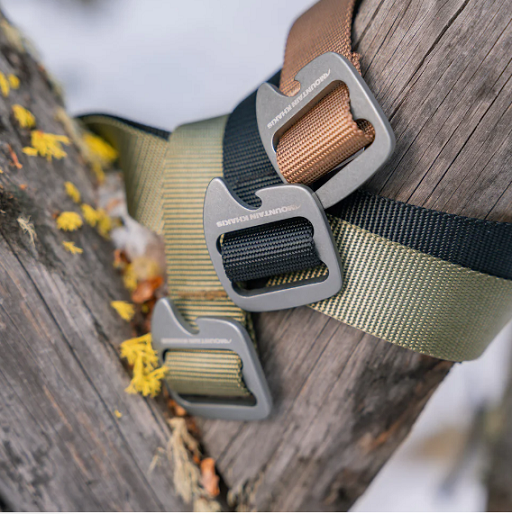
Explore Clothes Built for the Trail from Mountain Khakis
In the end, your choice of apparel and accessories will define your hiking experience. Embrace the innovations in hiking gear and remember that the right clothes and equipment not only enhance comfort but also improve safety on the trail. With the correct individual layering pieces in place, you will have a more enjoyable, and potentially safer, hike. This also means you are more likely to set aside time to hike more frequently and thus get a better return on your investment. Keep in mind that many of these items can be worn off the trail.
It's time to hit the trail
Now that you have a little more knowledge on what to wear on a hike all you need to do now is to plan your hike. Remember to wear seasonally appropriate clothes that fit well, offer sun protection, wick moisture away from your skin, and move with your body and not against it. It’s always a good idea to let someone know where you are going for your hike and when you will be back (even if you are hiking with a friend or a group) just in case of an emergency.
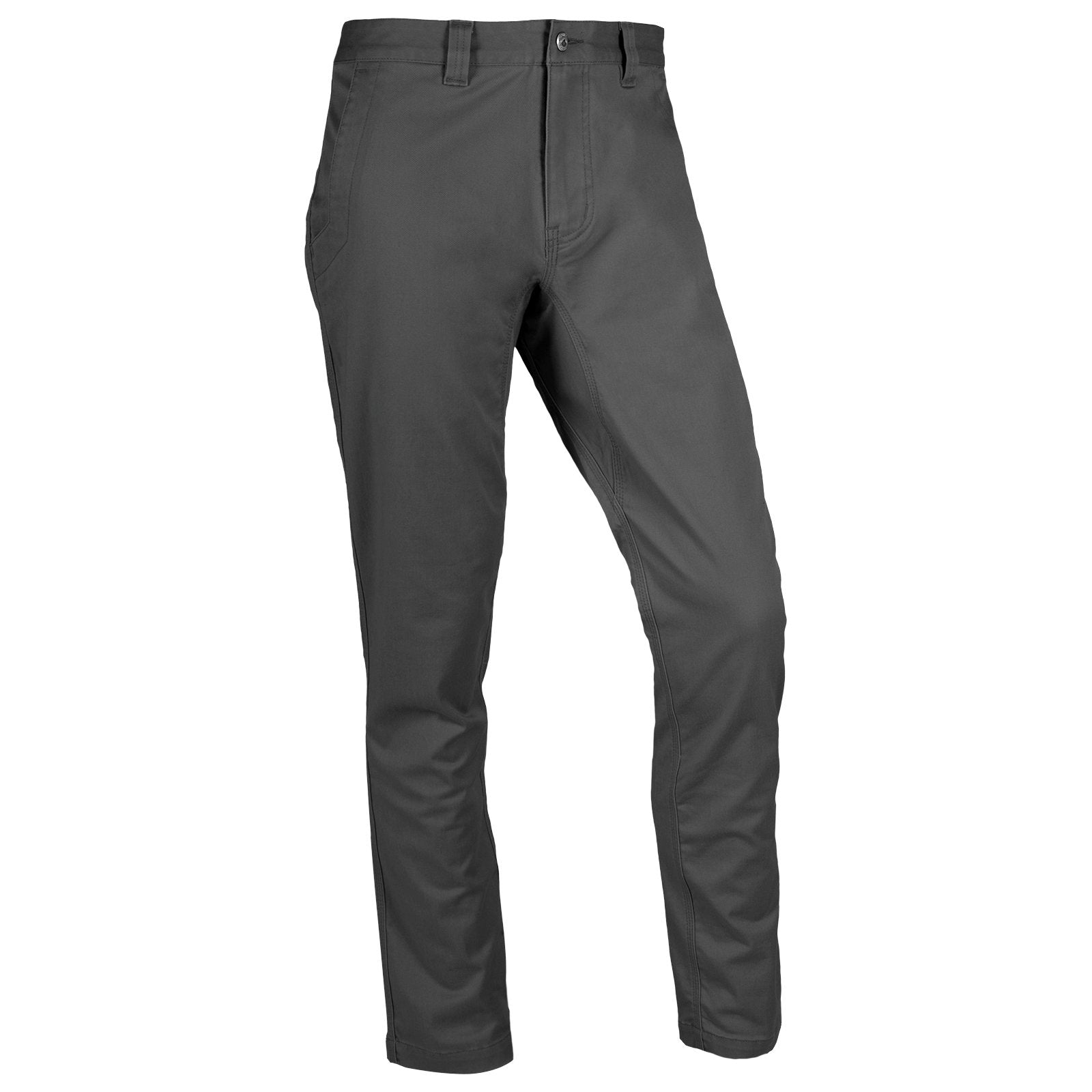
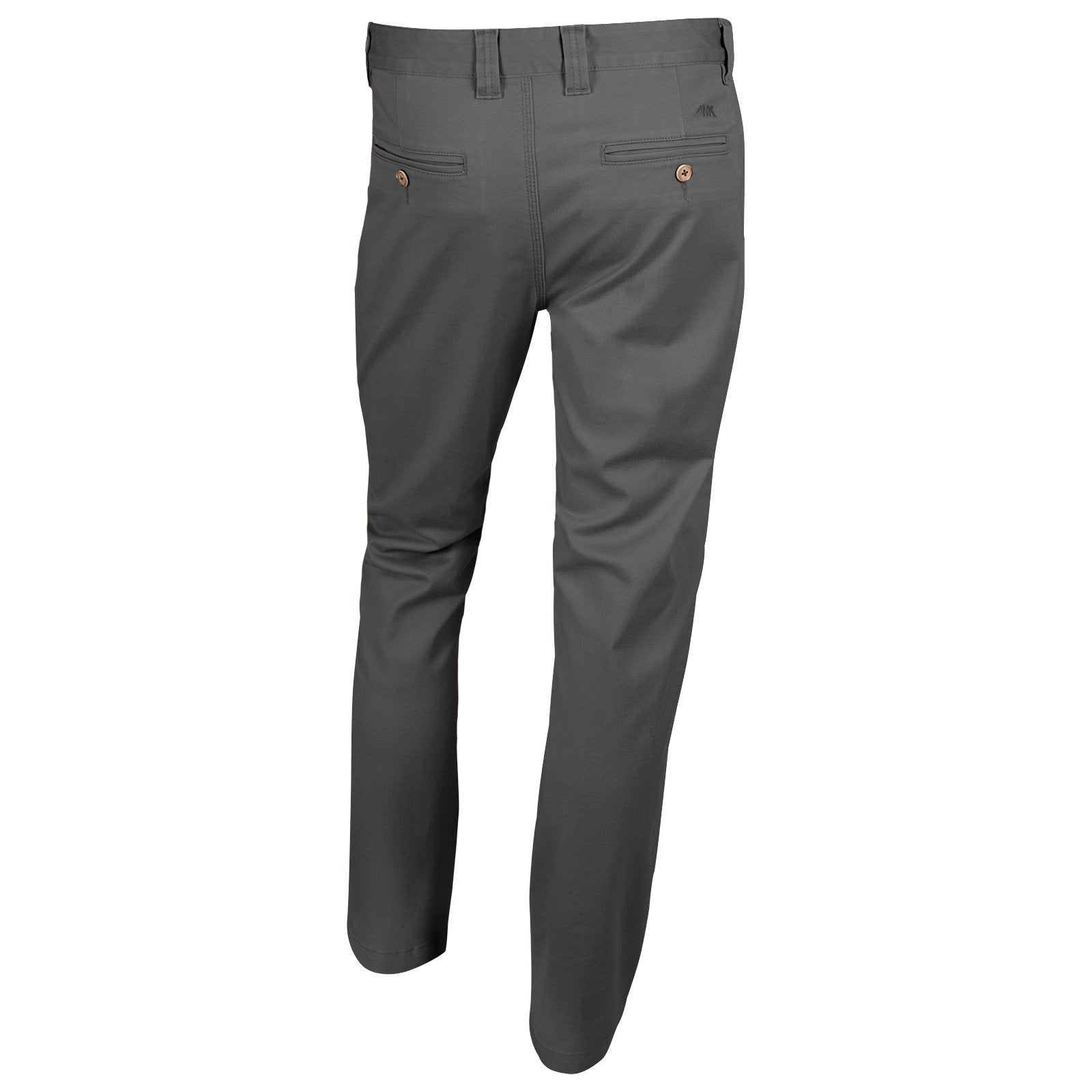
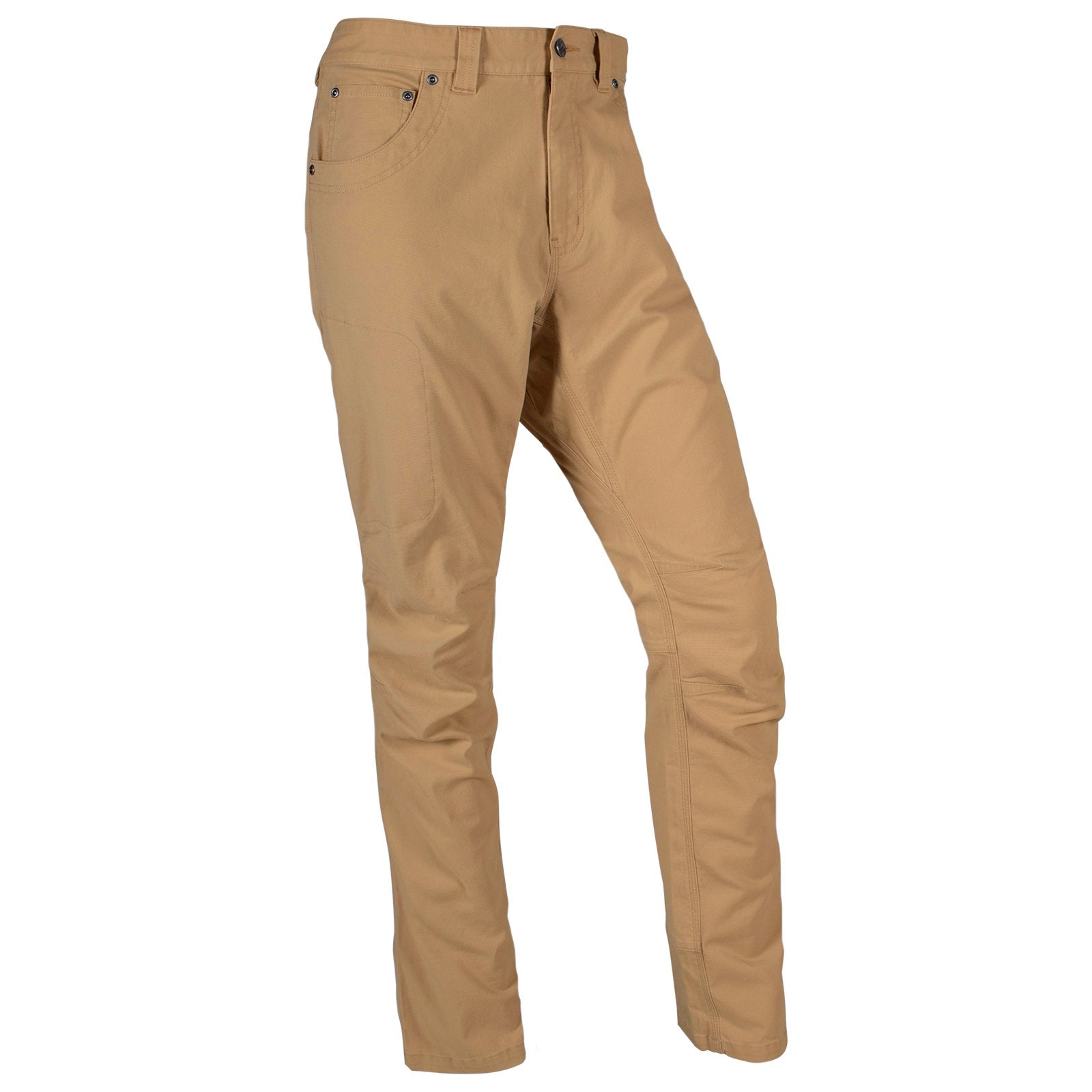
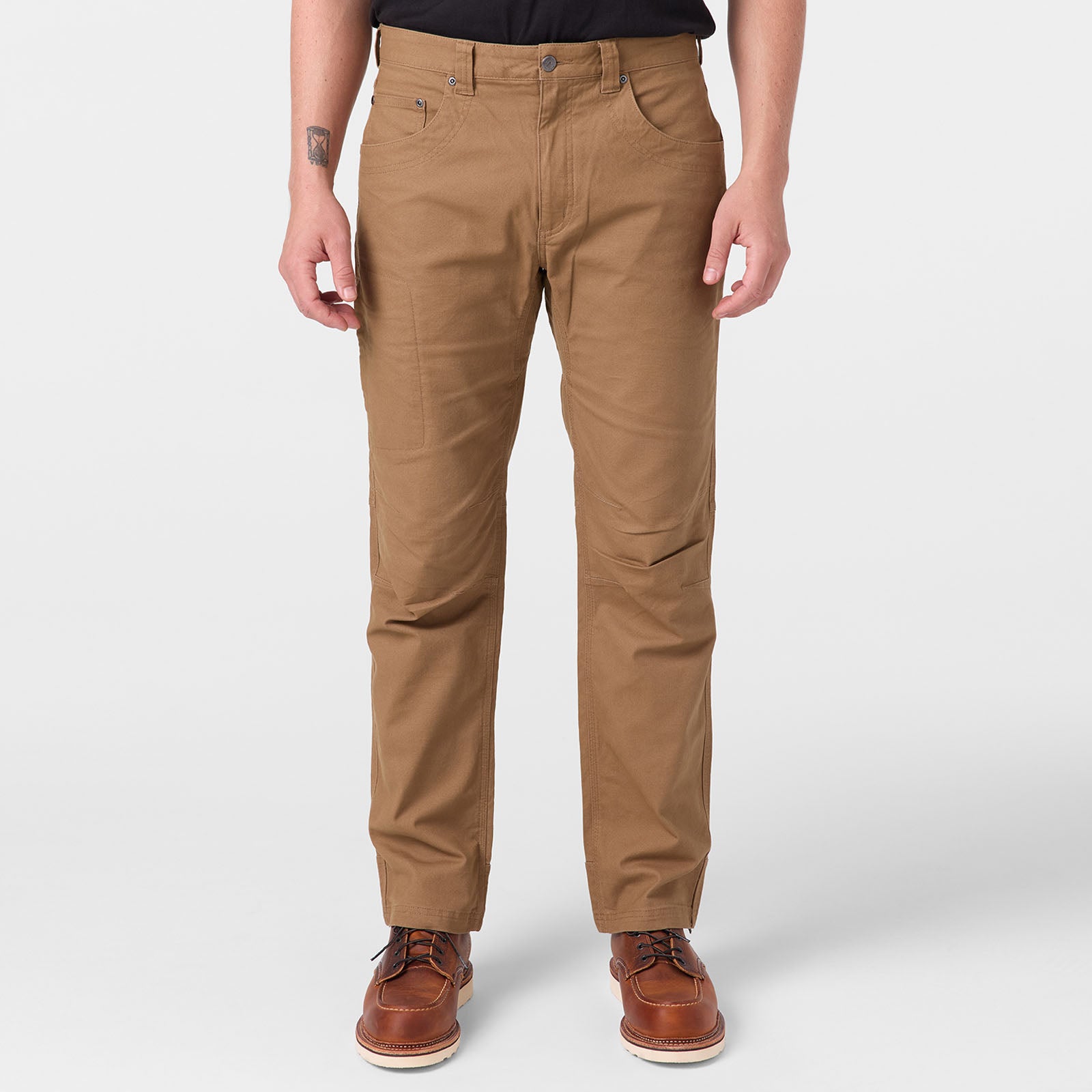
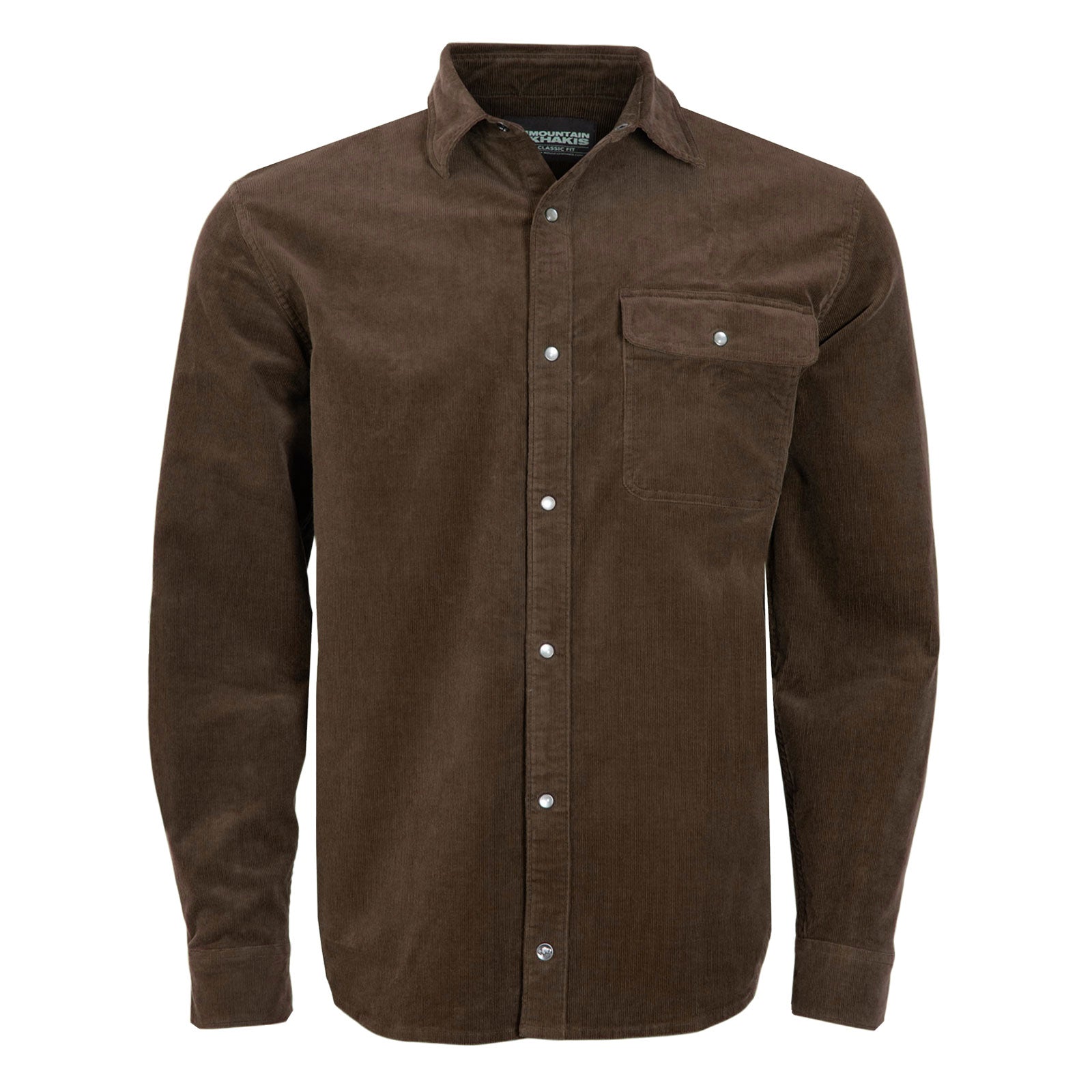
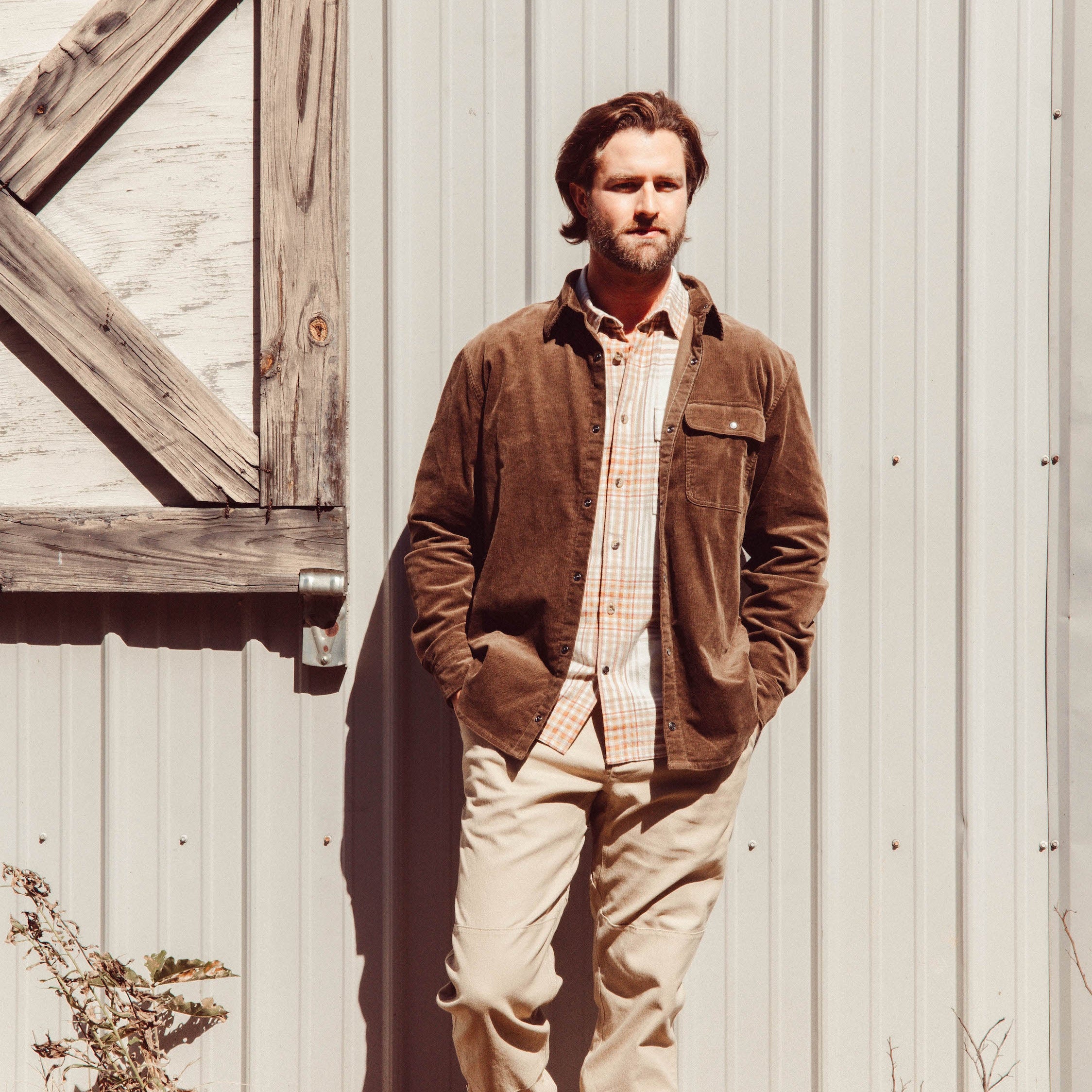
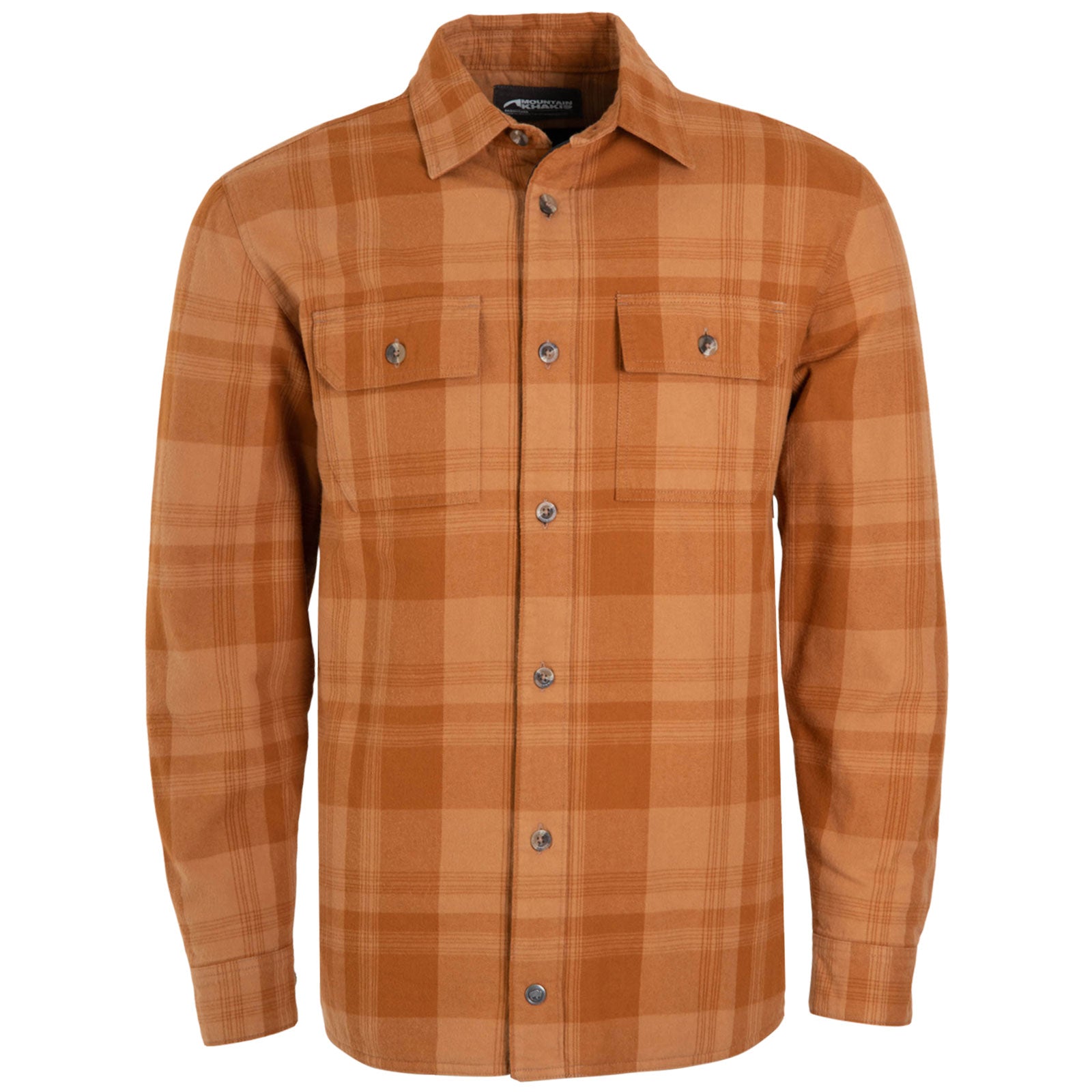


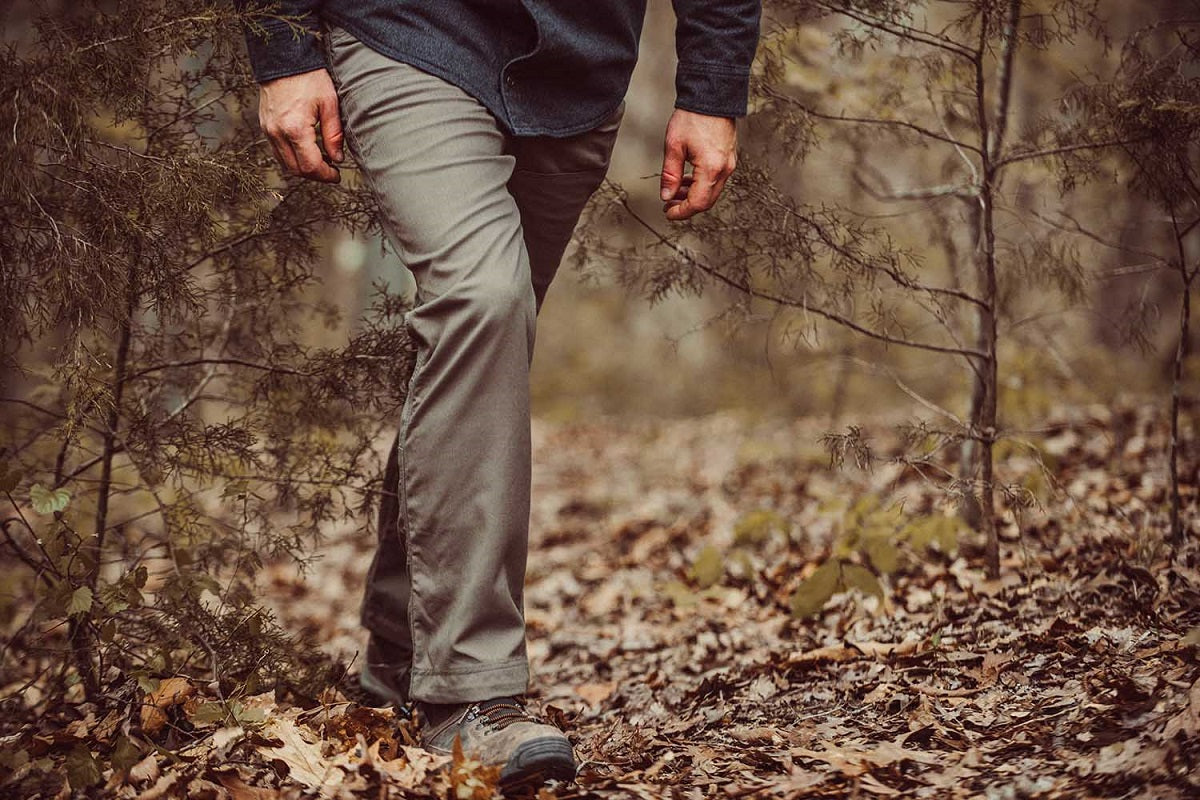
Leave a comment